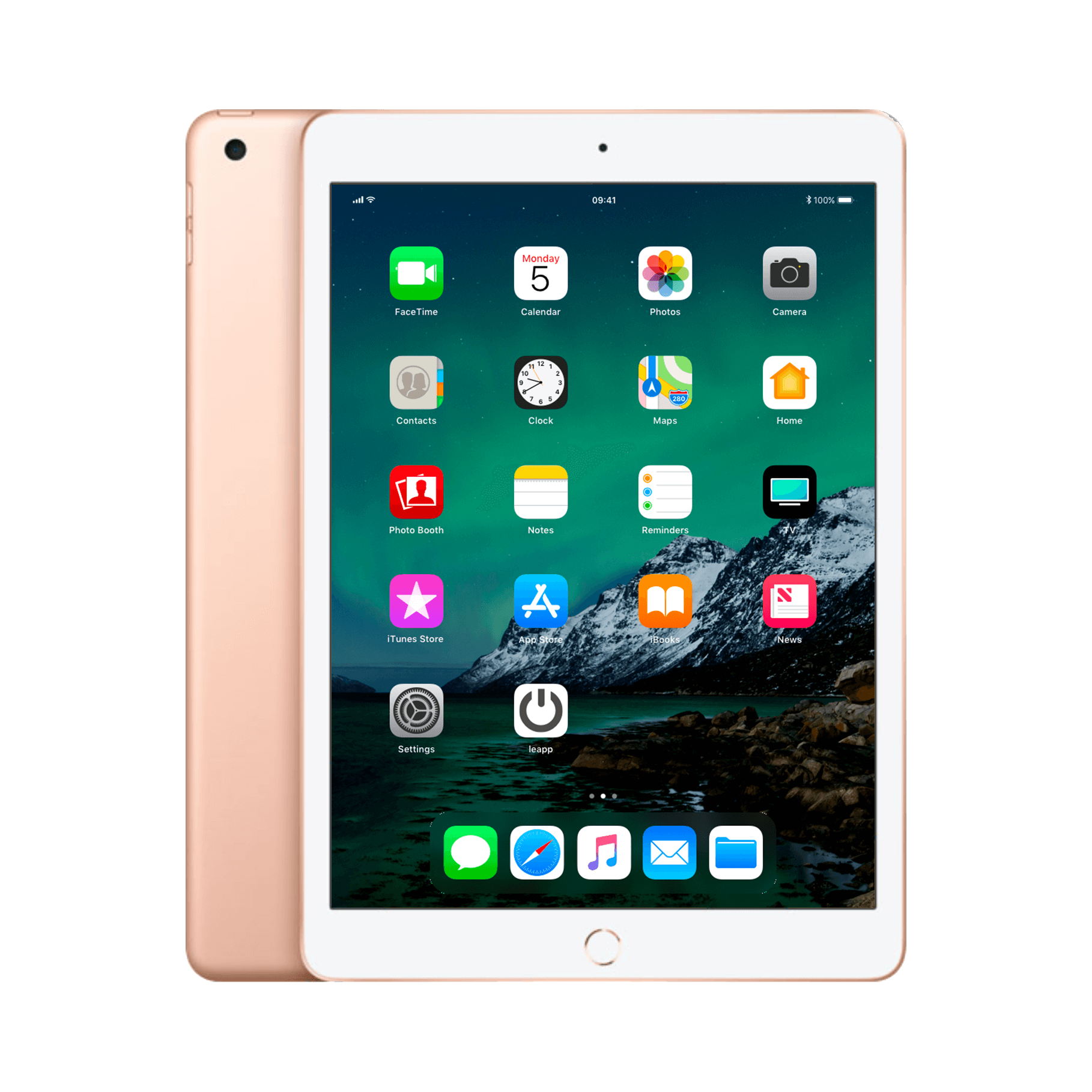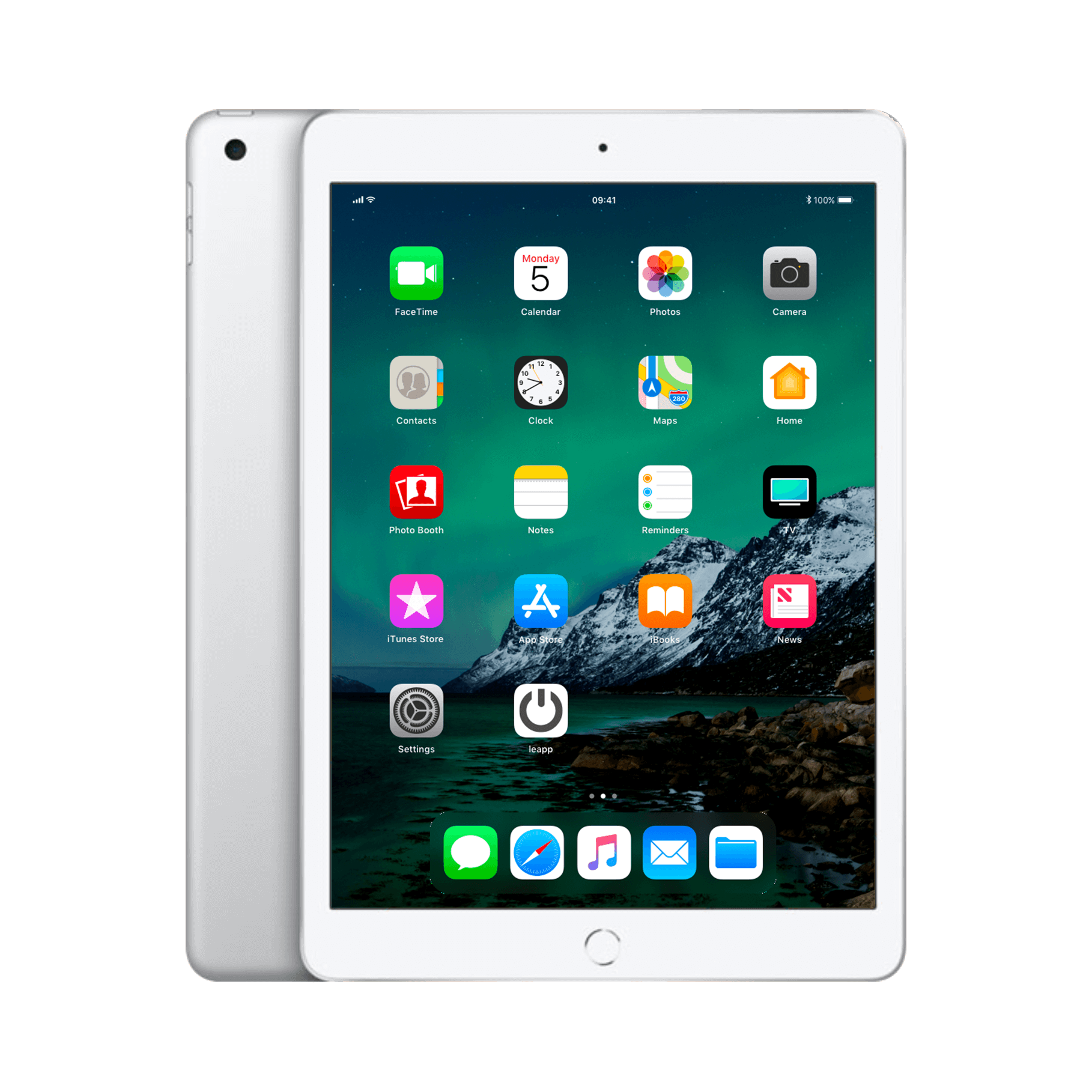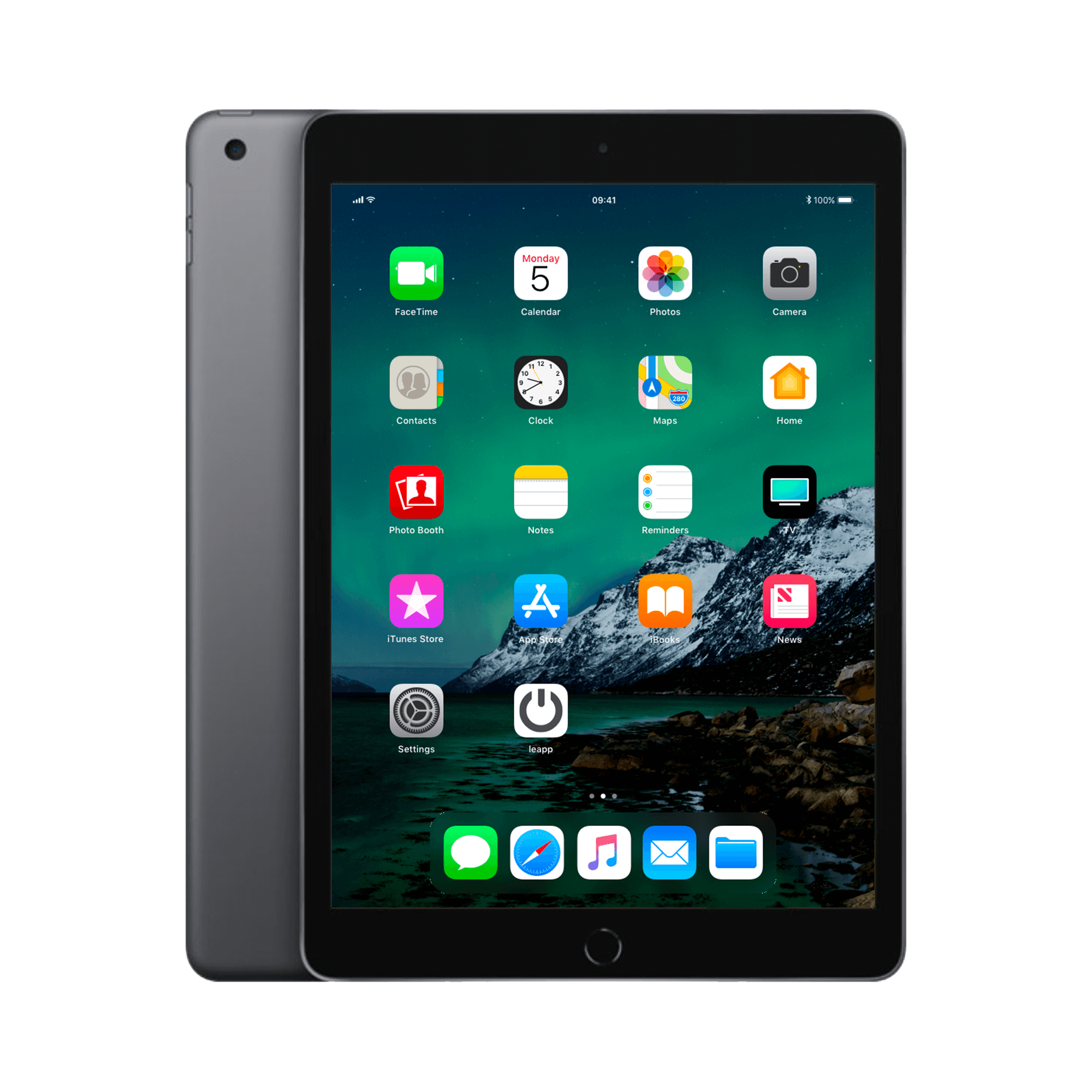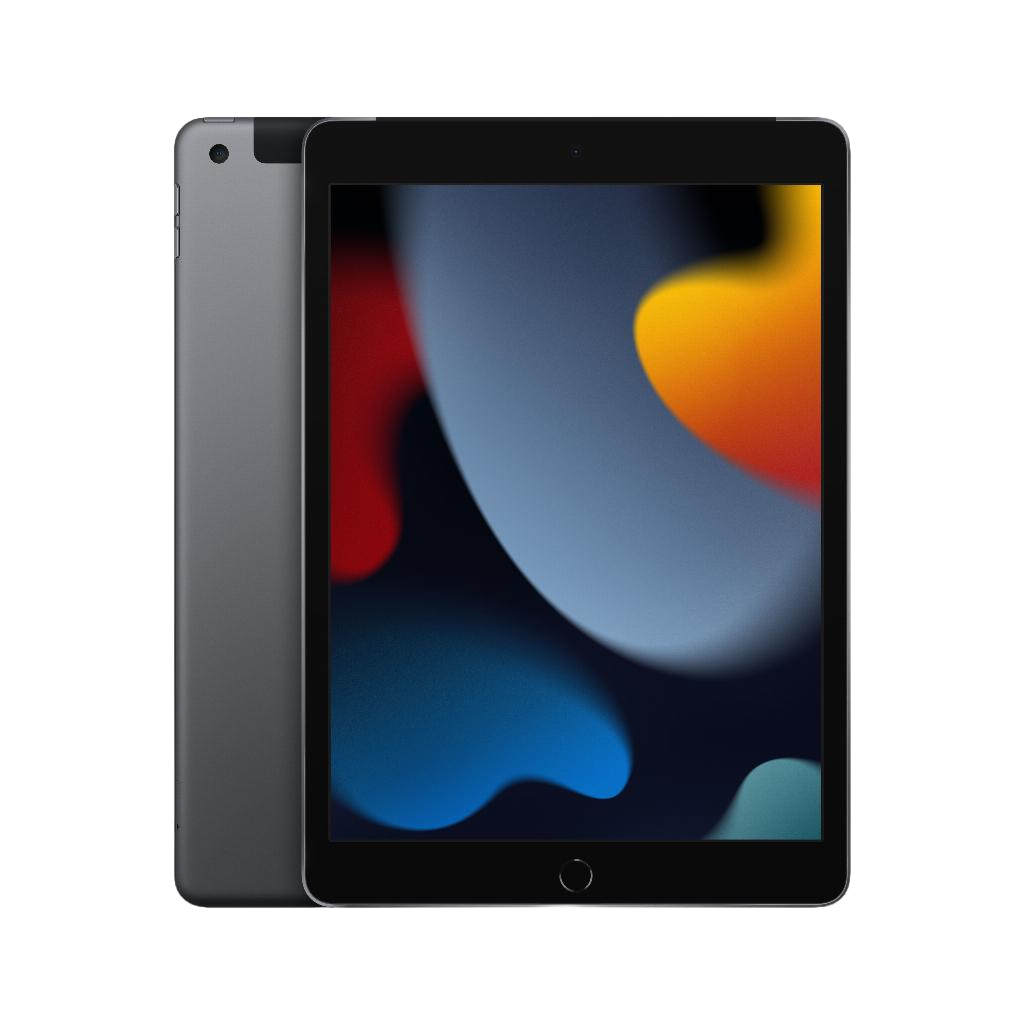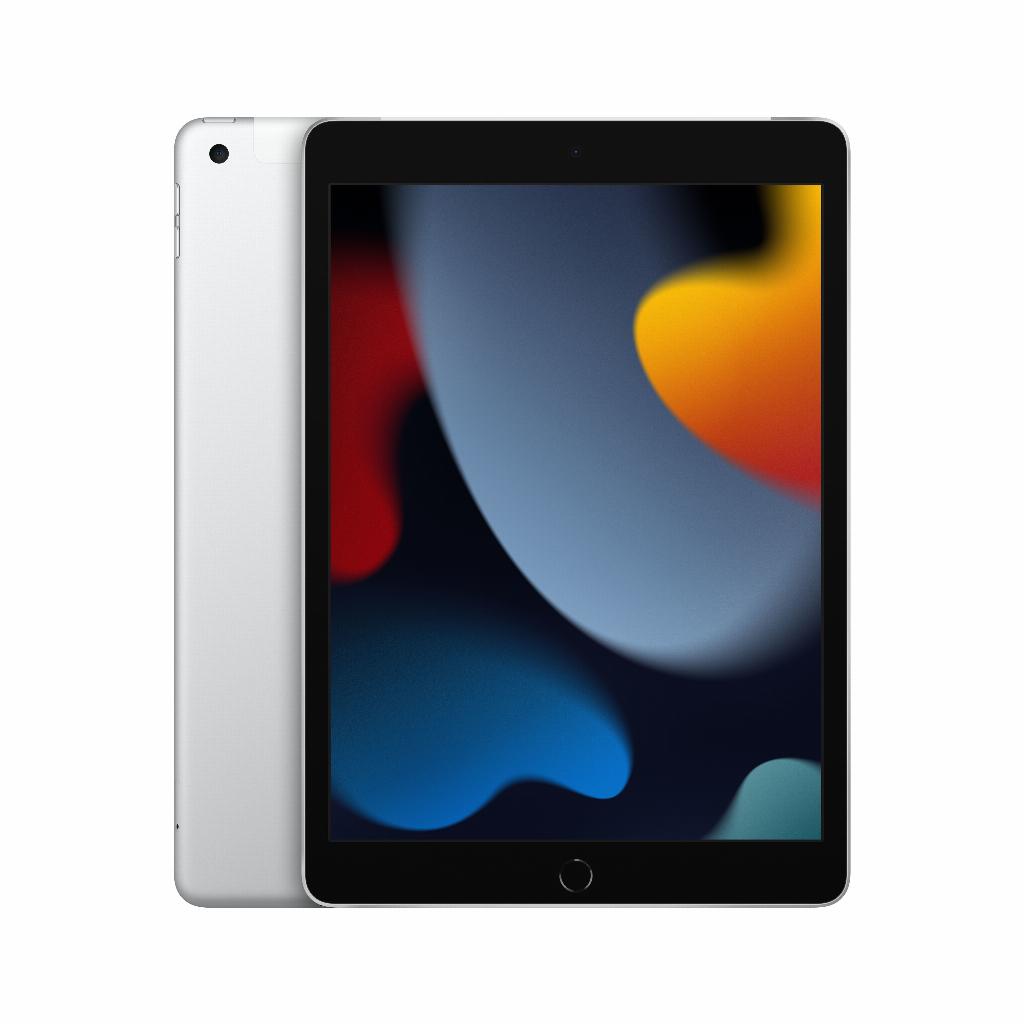Why more storage won't solve your iPad problem
Your iPad is full again. Deleting photos, clearing out apps, throwing away documents—the familiar ritual. You buy a new iPad with more storage, thinking your problem is solved. Six months later, you're back in the same situation.
But here's what no one tells you: more storage solves absolutely nothing . It's like buying a bigger wardrobe because you have too many clothes – it'll be overflowing in no time. The real problem isn't the sheer number of gigabytes, but how Apple forces you to use storage.
System updates that secretly grow, apps that clog cache files, photos that are duplicated. The tricks that actually work have nothing to do with buying more space or even external storage . They revolve around cleverly circumventing Apple's storage system.
Useful links
- iPad refurbished collection - for models with more storage space
- Accessories - external storage solutions and more
The real problem behind a full iPad
You think it's simple: buy more gigabytes, problem solved. But the reality is different. Your tablet's storage problem goes deeper than just the amount of space. It's about how iOS handles files, how apps behave, and most importantly: how you use your device.
System updates are quietly growing. Each new iOS version takes up more space than the last. Apps store cache files they forget to delete. Photos are saved twice: once locally, once in the cloud. Messaging apps keep every sent file forever. These are the real culprits.
Where does your storage space go?
Open your tablet's settings and go to "General" > "iPad Storage." What do you see? Probably a graph dominated by "System," "Photos," and a handful of apps you rarely use. This isn't a coincidence.
The silent space eaters
- WhatsApp and other messaging apps: Save every photo, video, and audio file you've ever received
- Streaming apps: download content for offline use without you realizing it
- Safari: Keeps a huge cache of every website you visit
- Mail app: saves attachments from years ago
- Photos app: Keep deleted photos in 'Recently Deleted' for 30 days
The system itself is also a problem. iOS keeps track of old app versions in case an update goes wrong. Convenient for Apple, annoying for your storage space.
Smart solutions that really work
Forget deleting individual photos. That's like mopping with the tap running. This approach works better:
Step 1: The big clean-up
Don't start with photos, start with apps. Go to "iPad Storage" in your settings and sort by size. The biggest culprits are at the top. Delete apps you haven't used for more than a month. You can always redownload them.
For apps you want to keep: tap on them and look at "Documents & Data." Is it larger than the app itself? Delete the app and reinstall it. This will clear any unnecessary cache.
Step 2: Manage photos smartly
Enable "Optimize iPad Storage" in iCloud Photos. This will only store small versions locally; the originals are stored in the cloud. But be careful: this only works if you have iCloud storage.
No iCloud? Export photos to a computer or external drive. Use the Files app to copy photos to a USB drive via an adapter . This is cheaper than cloud storage.
Step 3: Clean up messages
Set your Messages app to automatically delete old conversations. Go to Settings > Messages > Keep Messages and choose "30 days" or "1 year" instead of "Forever." This will save gigabytes.
For WhatsApp: Go to Settings > Storage & Data > Manage Storage. Here you'll see exactly which chats are taking up the most space. Delete old group chats and their media.
Prevention: how to prevent future problems
The secret isn't more storage, but smarter use. These habits will help:
- Weekly check: Check your storage usage every Sunday
- Instant cleanup: delete downloads immediately after use
- Streaming over downloading: use online versions where possible
- Auto-delete: Turn this on for podcasts and TV shows
When does it make sense to upgrade?
Sometimes a new iPad with more storage is the solution. But only if you're really running out of space after clearing out your device. Professional users who edit video or work with large files simply need more space.
For most users, 128 GB is sufficient if you work smartly. 256 GB provides breathing room. Anything above that is usually unnecessary unless you have specific professional needs.
The Underrated Tricks
There are solutions no one talks about. For example, enable "Offload unused apps." This automatically removes apps you don't use, but saves their data. Handy for apps you use seasonally.
Use the Files app wisely. Create folders for temporary downloads and empty them weekly. Save important documents in cloud services like Dropbox or Google Drive instead of locally.
One final tip: reset your tablet annually. Make a backup, reset the device to factory settings, and restore only what you really need. This removes all the accumulated junk that would otherwise remain hidden.
Conclusion: think differently about storage
Stop thinking in gigabytes. Start thinking in terms of usage. A 64GB iPad can last for years if you use it wisely. A 512GB model will fill up within a year if you keep using your old habits.
The real solution lies in breaking the mold. Don't buy more storage, but manage what you have more intelligently. This not only saves space, but also money. And that money is better spent on useful accessories that truly increase your productivity.
The real solution for your full iPad
A full iPad isn't a matter of too few gigabytes, but of misuse. The solution isn't buying a new iPad with more storage , but breaking bad habits.
Cleaning up apps, intelligently managing photos, and automatically deleting old messages – these are the tricks that really work . With this approach, you'll get years of enjoyment out of even a model with limited storage.
Start decluttering today and build better habits. Your iPad, and your wallet, will thank you.



